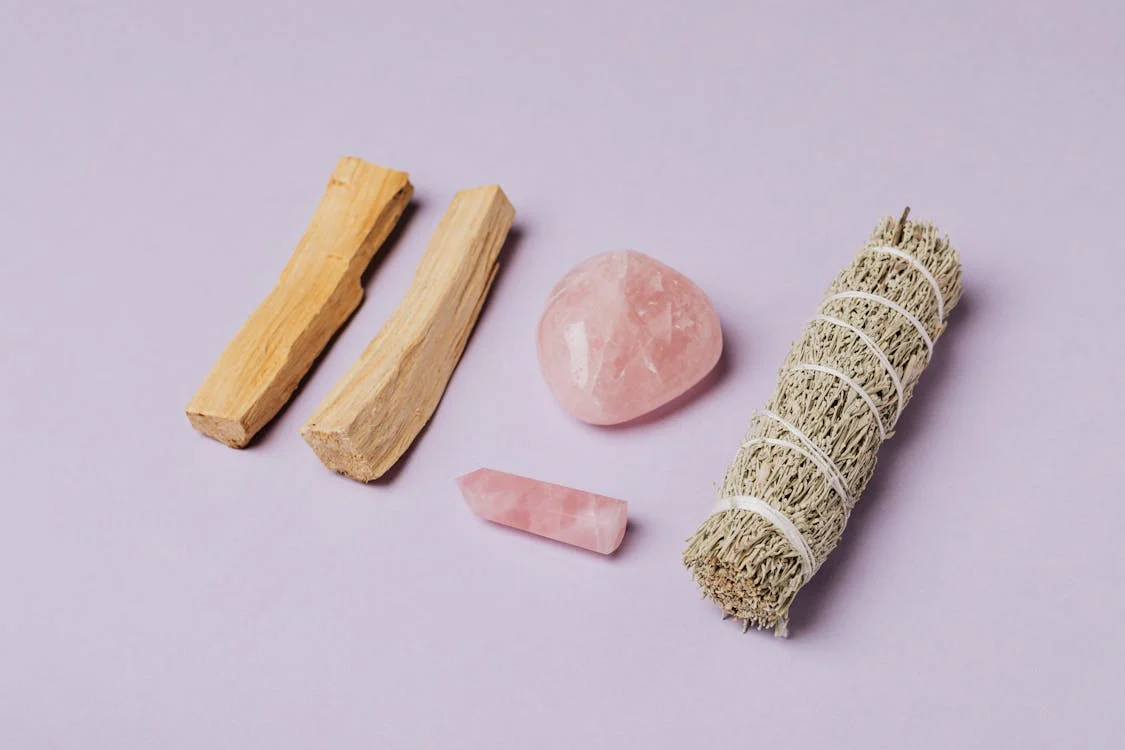Is incense safe for cats? As a responsible cat owner, it’s essential to understand the potential risks and take necessary precautions for the well-being of our feline friends.
Understanding the Potential Dangers of Incense to Cats
When it comes to creating a calming and aromatic ambiance, incense is a popular choice. However, it is essential to understand the potential dangers of incense to our feline companions. We will explore why knowing the safety of incense products is crucial for the well-being of cats.
The Risks of Incense to Cats
Burning incense can pose various risks to the health of our beloved feline friends:
- Inhalation of Fine Particles: Cats have sensitive respiratory systems, and the tiny particles released by burning incense can irritate their lungs.
- Chemical Irritants: Incense often contains compounds such as benzene and formaldehyde, which can lead to irritation or allergic reactions in cats.
- Potential Toxicity: Some types of incense may contain harmful substances like essential oils that can be toxic to cats if ingested or absorbed through their skin.
Importance of Knowing the Safety of Incense Products
It is crucial for cat owners to be aware of the safety of incense products for the following reasons:
Protecting Cat Health:
Understanding the potential risks allows us to make informed choices and take necessary precautions to safeguard our cats’ well-being.
Preventing Allergic Reactions:
By knowing which incense ingredients may trigger allergies in cats, we can avoid using such products to prevent discomfort for our feline friends.
Minimizing Exposure:
Being aware of potential dangers helps us regulate and minimize our cats’ exposure to incense, reducing their risk of adverse health effects.
While incense can create an appealing ambiance, it is crucial to prioritize the safety of our cats. Understanding the potential dangers of incense, such as respiratory irritation and possible toxicity, allows us to make informed decisions when it comes to using such products around our furry companions. By being aware of the risks and taking appropriate measures, we can ensure a healthy and safe home environment for our cats.

Risks of Incense to Cats
Incense is a popular choice for creating a pleasant atmosphere at home, but it’s important to be aware of the potential risks it poses to our feline companions. In this article, we will explore the components of incense that can be harmful to cats, the common side effects they may experience, and the potential toxicity of certain incense products.
Components of Incense that Can Be Harmful to Cats
Understanding the harmful components in incense is crucial for cat owners:
- Fine Particles: When incense is burned, it releases tiny particles that can irritate the delicate respiratory systems of cats.
- Chemical Compounds: Incense often contains chemicals like benzene and formaldehyde, which can be irritating or trigger allergic reactions in cats.
Common Side Effects of Cats Exposed to Incense
Cats exposed to incense may experience various side effects:
- Respiratory Issues: Cats may develop coughing, sneezing, or difficulty breathing due to the irritation caused by incense particles.
- Allergic Reactions: Some cats may exhibit allergic symptoms such as itching, skin rashes, or watery eyes when exposed to certain incense ingredients.
Toxicity of Certain Incense Products
Certain incense products can pose a toxic threat to cats:
- Essential Oils: Some incense contains essential oils that can be toxic to cats if ingested or absorbed through their skin.
- Chemical Additives: Certain incense brands may include additives or fragrances that can be harmful if ingested by cats.
Understanding the risks associated with incense is essential to ensure the safety and well-being of our feline friends. The fine particles, chemical compounds, and potential toxicity of certain incense products can cause respiratory issues, allergic reactions, and even toxicity in cats.

Factors Affecting Incense Safety for Cats
While enjoying the soothing aroma of incense, it’s crucial to consider the safety of our feline companions. Several factors come into play when determining the impact of incense on cats. In this article, we will explore how the age, health, and breed of cats, along with the frequency and length of incense exposure, and the type and quality of incense, can affect the safety of our beloved feline friends.
Age, Health, and Breed of Cats
Understanding the impact of incense on different cats:
- Age: Kittens and senior cats may be more vulnerable to the potential risks of incense due to their developing or weakened respiratory systems.
- Health: Cats with pre-existing respiratory conditions, allergies, or compromised immune systems may be more susceptible to adverse effects from incense exposure.
- Breed: Certain breeds, such as short-nosed breeds like Persians, may be more prone to respiratory issues and can be more sensitive to incense.
Frequency and Length of Incense Exposure
The duration and regularity of incense exposure make a difference:
Prolonged Exposure:
Cats exposed to incense for extended periods or in enclosed spaces are at a higher risk of developing respiratory irritation or other complications.
Regular vs. Occasional Exposure:
Cats regularly exposed to incense may experience cumulative effects over time, whereas occasional exposure might have less impact.
Type of Incense and Its Quality
Different incense types and quality considerations:
- Natural vs. Synthetic: Natural incense made from botanical ingredients may be a safer choice, while synthetic incense might contain chemicals that pose potential risks.
- Quality Control: Opting for incense from reputable manufacturers that prioritize safety and quality can help minimize potential hazards.
When it comes to incense around cats, considering the factors that impact their safety is vital. The age, health, and breed of cats, along with the frequency and duration of exposure, as well as the type and quality of incense, all play a role in determining potential risks. By being aware of these factors, cat owners can make informed decisions to create a safe and harmonious environment for their feline companions.

Alternatives to Traditional Incense
If you’re a cat owner concerned about the safety of traditional incense, you’ll be glad to know that there are alternative options available. In this article, we will explore natural and safe alternatives to traditional incense. Additionally, we’ll provide tips on how to make your own cat-friendly incense, allowing you to create a pleasant and cat-safe atmosphere in your home.
Natural and Safe Alternatives
Discover alternative options that provide a cat-friendly environment:
Soy Candles:
Opt for soy wax candles made with natural fragrances, ensuring they do not contain any harmful additives or chemicals.
Essential Oil Diffusers:
Use essential oils that are safe for cats, such as lavender and chamomile, in a diffuser for a calming and aromatic ambiance.
Herbal Sachets:
Create sachets filled with dried herbs like lavender, rosemary, or catnip. They release a subtle scent without the risks associated with incense.
How to Make Your Own Cat-Friendly Incense
Try your hand at crafting homemade incense using safe ingredients:
Herbal Infusions:
Blend and grind a combination of dried herbs and botanicals to create your custom incense blend. Use cat-safe herbs like chamomile or valerian root.
Bamboo Skewers:
Soak bamboo skewers in water mixed with cat-safe essential oils. Let them dry before using them as handcrafted incense sticks.
Incense Cones:
Combine powdered herbs, natural resins, and cat-safe essential oils to create your own incense cones that are free from harmful additives.
When traditional incense doesn’t align with your cat’s safety needs, exploring natural and safe alternatives is the way to go. Soy candles, essential oil diffusers, and herbal sachets are wonderful options. Additionally, making your own cat-friendly incense using herbal infusions, bamboo skewers, or incense cones allows you to personalize your home decor while prioritizing the well-being of your feline companion.

Tips for Safe Use of Incense Around Cats
Using incense around cats requires responsible and cautious practices to ensure their safety. In this article, we will provide essential tips for the safe use of incense around cats. Learn best practices, ways to minimize potential risks, and steps to take when your cat is exposed to incense, allowing you to enjoy a harmonious home decor without compromising your feline friend’s well-being.
Best Practices for Using Incense
Follow these practices to promote safety when using incense:
Ventilation:
Burn incense in a well-ventilated area to minimize the concentration of smoke and particles.
Supervision:
Never leave burning incense unattended to prevent accidental mishaps or access by curious cats.
Heightened Placement:
Position incense burners or diffusers in areas that are out of reach for cats, such as high shelves or secure countertops.
Ways to Minimize Potential Risks for Cats
Take proactive measures to minimize risks associated with incense:
Limited Exposure:
Use incense sparingly and for short durations to reduce the time your cat is exposed to the smoke and fragrance.
Separate Spaces:
Create designated areas where incense is used, ensuring your cat has access to alternative rooms free from incense.
Observation:
Observe your cat’s behavior during and after incense use for any signs of discomfort, respiratory issues, or allergic reactions.
Steps to Take When Your Cat is Exposed to Incense
If your cat is inadvertently exposed to incense, follow these steps:
Removal:
Immediately remove your cat from the area with incense and return them to a well-ventilated, incense-free space.
Observation and Comfort:
Monitor your cat for any signs of distress or discomfort. Offer comfort and reassurance if needed.
Veterinary Consultation:
If your cat shows persistent or concerning symptoms after incense exposure, seek advice from a veterinarian.
With these tips for safe use of incense around cats, you can create a pleasant ambiance while prioritizing the well-being of your feline companion. Following best practices, minimizing exposure, and taking appropriate steps when necessary will help ensure a safe and enjoyable environment for both you and your cat.
Conclusion:
In conclusion, when it comes to the safety of our cats, it’s crucial to be mindful of the potential risks associated with incense. By understanding the dangers and implementing preventive measures, we can create a harmonious and safe environment for our beloved feline companions. Remember, the key is incense safe for cats lies in awareness and responsible usage.










